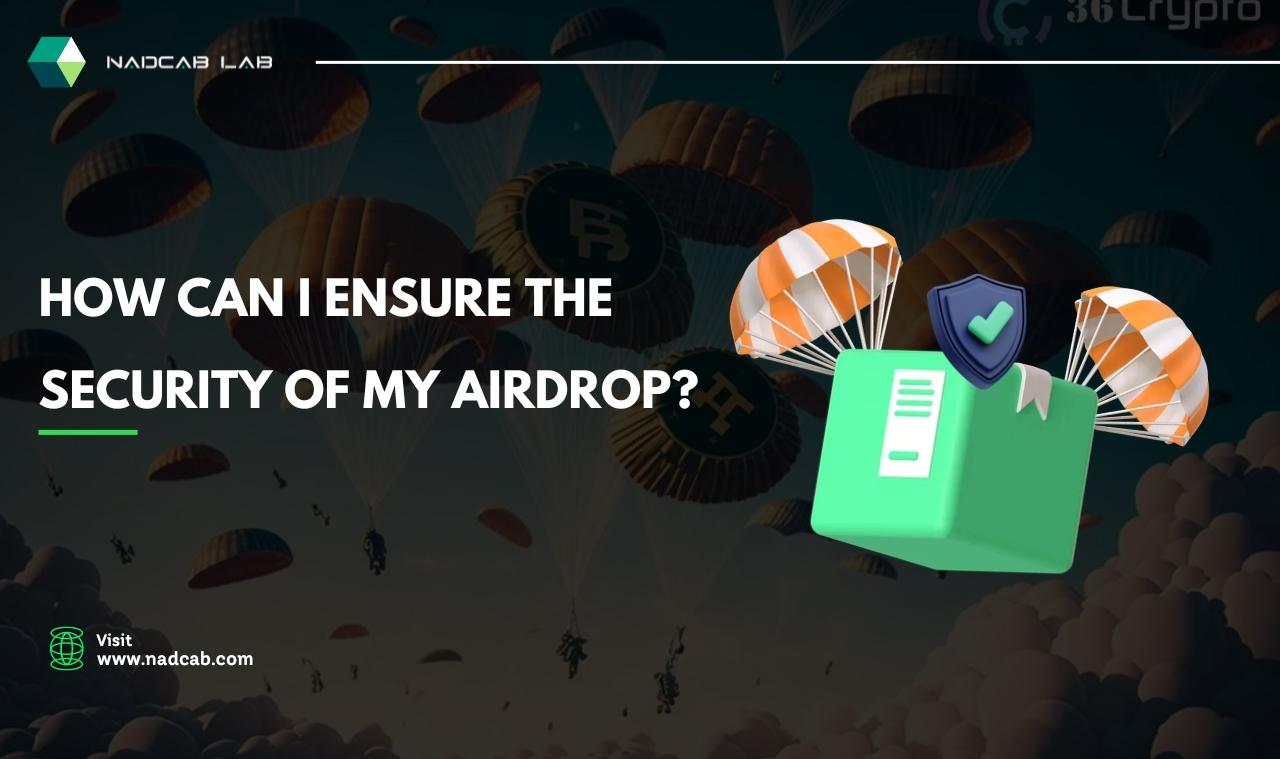The siren song of free cryptocurrency, a tantalizing offer whispered across the digital ether – the airdrop. It promises riches, but lurking beneath the surface are perilous currents of deception. While legitimate airdrops exist, a vast, shadowy underbelly of scams and phishing attempts preys on the unwary. This isn’t a get-rich-quick scheme; it’s a minefield of cleverly disguised traps, demanding vigilance and a discerning eye. This guide will equip you with the knowledge to navigate the treacherous landscape of crypto airdrops, helping you distinguish genuine opportunities from the alluring, yet ultimately empty, promises of fraudulent schemes. Are you ready to avoid the airdrop abyss?
Decoding the Airdrop Offer: Red Flags and Due Diligence
Before you dive headfirst into the alluring promise of free crypto, remember that not all that glitters is gold. Many fraudulent schemes disguise themselves as generous airdrops. Scrutinize the offer carefully. Is the project truly legitimate? Look beyond flashy websites and promises of astronomical returns. A thorough investigation is crucial. Check for these red flags:
- Unrealistic Rewards: Promises of massive payouts should raise immediate suspicion.
- High Pressure Tactics: Urgent calls to action indicate a scam.
- Requests for Private Keys: Never, ever, share your private keys with anyone.
- Lack of Transparency: A legitimate project will be open about its team and roadmap.
- Suspicious Social Media Presence: Look for inconsistencies and a lack of engagement.
Due diligence is your shield against scams. Verify airdrop information on several trusted sources. Cross-reference details across multiple platforms. Don’t rely solely on a single source of information. Consider employing these practical steps:
| Step | Action |
|---|---|
| 1 | Verify the project’s website legitimacy and check its domain age. |
| 2 | Analyze the project’s whitepaper for clarity and substance. |
| 3 | Examine the team’s background and experience. |
| 4 | Assess community engagement on trusted platforms. |

Protecting Your Wallet: Authentication and Security Best Practices
The thrill of a free crypto airdrop can quickly turn sour if you fall prey to malicious actors. Your best defense is a multi-layered security approach, starting with strong passwords. Avoid easily guessable combinations; opt instead for long, complex passwords using a mix of uppercase and lowercase letters, numbers, and symbols. Consider using a password manager to generate and securely store these passwords. Furthermore, enable two-factor authentication (2FA) wherever possible. This adds an extra layer of protection, requiring a second verification method (like a code sent to your phone) before accessing your accounts. Remember, vigilance is key – always double-check the legitimacy of any airdrop opportunity before interacting with it.
- Use strong, unique passwords
- Enable 2FA on all accounts
- Regularly update your software
- Be wary of unsolicited messages
Beyond passwords and 2FA, consider diversifying your security strategies. Don’t keep all your crypto in one place. Spread your holdings across different wallets for better protection against hacking attempts. Regularly review your wallet transactions for any unusual activity. Keep your software updated — patches often address security flaws that scammers exploit. think before you click. Be extremely cautious of links received through email or messaging apps, especially those promising free crypto. Legit airdrops are rarely advertised in this way. Here’s a quick checklist to help you:
| Question | Answer |
|---|---|
| Is the airdrop promoted on official channels? | Yes/No |
| Does the website look legitimate? | Yes/No |
| Do you feel pressured to act quickly? | Yes/No |

Airdrop Verification: Legitimate Projects and Proven Methods
Sifting through the deluge of airdrop offers can feel like panning for gold in a river of scams. To ensure you’re only participating in legitimate opportunities, prioritize verification. Begin by researching the project thoroughly. Check their website for a clear roadmap, active community engagement (look beyond inflated social media numbers!), and evidence of a functioning product or service. Don’t trust promises alone; look for tangible proof of progress. Crucial verification steps include checking their presence on reputable crypto news sites and exploring their codebase (if you possess the technical skills) for potential vulnerabilities or red flags. Remember, if it sounds too good to be true, it probably is. Here’s what to look for:
- Official Announcements: Only participate in airdrops announced on the project’s official website or verified social media channels.
- Transparency: A legitimate project will be open about its team, technology, and tokenomics.
- Community Scrutiny: Look for discussions about the project on reputable forums and social media groups – negative reviews or serious concerns should raise a red flag.
Beyond the project itself, there are ways to verify the legitimacy of the *process* of claiming an airdrop. Beware of overly complicated procedures demanding excessive personal information or requiring interaction with suspicious websites. Legitimate airdrop claims usually involve simple tasks like following social media accounts or completing small tasks on their platform. Always be wary of requests for private keys or seed phrases – no legitimate project will ever ask for these. Using a dedicated wallet for airdrop participation helps isolate your funds from potential risks. Here’s a quick guide to help you distinguish:
| Feature | Legitimate Airdrop | Scam Airdrop |
|---|---|---|
| Request for Private Keys | Never | Always a red flag |
| Complexity | Simple, straightforward | Confusing, convoluted |
| Verification Process | Transparent and verifiable | Opaque and suspicious |

Mitigating Risk: A Comprehensive Strategy for Safe Airdrop Participation
Protecting your digital assets during airdrop participation requires a multi-layered approach. Think of it as building a fortress around your crypto: strong walls (due diligence), sturdy gates (verified sources), and vigilant guards (constant monitoring). Before interacting with *any* airdrop, thoroughly research the project. Look for official announcements on reputable platforms, examine the team’s background and whitepaper, and scrutinize smart contracts via a reputable blockchain explorer. Don’t be swayed by promises of easy riches; legitimate projects rarely employ high-pressure tactics. Remember to:
- Verify social media presence: Check for official accounts on Twitter, Telegram, Discord, etc. Beware of impersonators.
- Inspect smart contract code: Use a reputable blockchain explorer to audit the contract before interacting.
- Never share your seed phrase or private keys: Legitimate projects will never request this information.
Diversification is key. Don’t risk your entire portfolio on a single airdrop, no matter how promising it seems. Allocate only a small portion of your holdings to participate, treating it as a speculative investment. Consider using a hardware wallet for added security, especially when dealing with larger amounts of cryptocurrency. The following table summarizes best practices for maintaining security:
| Action | Impact |
|---|---|
| Use a hardware wallet | Enhanced security |
| Verify project legitimacy | Reduced scam risk |
| Diversify holdings | Minimize potential losses |
The Way Forward
The siren song of free crypto, amplified by the promise of easy riches, can be alluring. But the airdrop landscape, while potentially rewarding, is undeniably treacherous. Remember, the path to genuine airdrops is paved with caution, vigilance, and a healthy dose of skepticism. Don’t let the glitter blind you; verify, validate, and above all, protect your digital assets. The airdrop abyss may tempt, but with the right knowledge, you can navigate its minefield safely and emerge with your crypto intact – and maybe, just maybe, a little richer for the experience.










